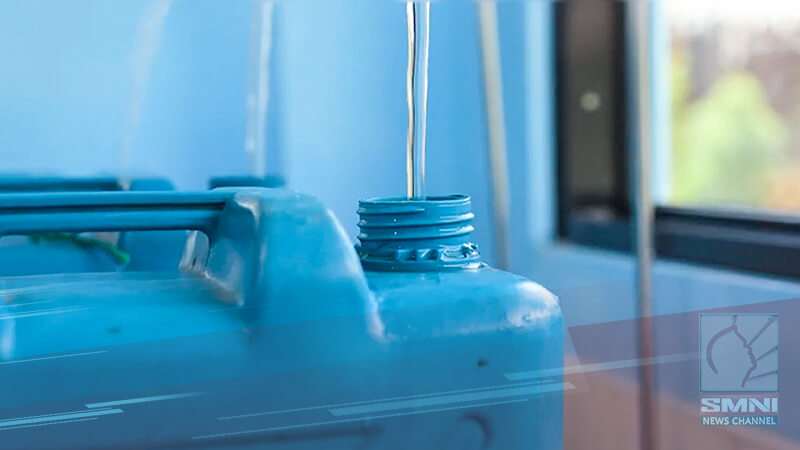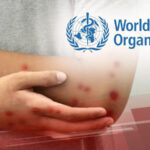40 million Filipinos still lack access to clean water.
Most of these people are from Mindanao, particularly from communities within the Bangsamoro Autonomous Region in Muslim Mindanao (BARMM).
The primary sources of water for the 40 million termed ‘under-served’ are flowing water, creeks, and rainwater.
Department of Environment and Natural Resources (DENR) Secretary Maria Antonia Yulo Loyzaga shared during the Malacañang meeting that these residents without adequate water supply often resort to motorboats to fetch water from the nearest island.
In a press briefing at Malacañang on Tuesday, DENR Undersecretary Carlos Primo David said that the agency has strategies to provide sufficient water supply to the 40 million individuals, most of whom reside in BARMM.
David mentioned that one of the strategies they are considering for small island barangays and other coastal areas is to provide them with water supply through the desalination process, which is the conversion of seawater to freshwater.
‘‘It’s like a sieve where, through pressure, the water will be forced into this membrane and only the freshwater will pass through because the holes in the filter are small— leaving all the salt behind,’’ according to Usec. Carlos Primo David, DENR.
When asked if desalinated water is safe to drink, David said it is currently being used in Middle Eastern countries and some parts of the United States where there is insufficient freshwater supply.
The DENR undersecretary also said they already have a list of 65 island barangays where they will start the desalination process.
Modular desalination systems are as large as a container van and can serve up to 500 families per desalination plant.
Each plant costs five to eight million pesos.
Malacañang orders improvement of multipurpose dams
Meanwhile, Malacañang has ordered the continued development of dams by the National Irrigation Administration (NIA) for agricultural irrigation, freshwater supply, electricity supply, and flood control.
During the same briefing, NIA Administrator Eduardo Guillen revealed that they are focusing on multipurpose dams, with the Pantabangan Dam being one example.
‘‘Let’s not go far. Let’s talk about our Pantabangan Dam. Actually, it will be 50 years old in September. It has a huge impact on us. In fact, last year, during big typhoons like Egay, and Falcon, the Pantabangan Dam did not release water. So, imagine the effect on Central Luzon if Pantabangan Dam wasn’t there,’’ Eduardo Guillen, Administrator, NIA, stated.
Guillen also mentioned that he has already talked to Department of Public Works and Highways (DPWH) Secretary Manny Bonoan to collaborate on dam projects.
In the sectoral meeting, officials discussed pooling their agency’s resources to benefit dam projects and save on their implementation. This discussion formed part of the broader issue of water resources and management in the Philippines.
The meeting underscored the importance of an integrated water resource master plan and managing water resources during El Niño, as well as addressing flooding during La Niña.
Additionally, the DPWH presented the agency’s flood control management programs.
‘‘I think we have to integrate our flood control management programs with the other sectors so that the water that we manage in the flood control does not go to the sea indirectly and to the extent possible that we have to conserve and utilize it for the other purposes like for irrigation, water supply, and power, if necessary,’’ Sec. Manuel Bonoan, DPWH, said.
For 2024, the DPWH chief stated that the department’s total budget for flood control projects, including both foreign-assisted and locally funded initiatives, exceeds 300 billion pesos.











